We are always looking for ways of the intrinsic hand strengthening. It is easy to overlook the importance of these small but mighty muscles. They are essential to performing functional grasps patterns. They can become weak in a short period of time due to their small size.
So, How does intrinsic strengthening work?!
The Basics – We typically start with a large 5-pound blob of yellow or tan putty because this is the easiest and softest.
“Functional grasp patterns require the use of the intrinsics.”
Special Rules – To keep the patient from cheating and meet the task’s purpose, we have a few special rules.
- Make sure the patient’s shoulder is relaxed! We do not want to create shoulder problems!
- Check to make sure there is no compensation of the long flexors and extensors.
- The most important part of these exercises is TECHNIQUE
Make it fit – This task is scalable and can be adjusted by using different putties. Also, it can be modified by how deep you dig the putty tools into the putty.
Time to get to work!
Using the small cylinder knob, place it between digits 2 and 3. While holding the knob tight between the digits, turn the knob in the putty. Repeat the same step above and rotate the knob to between digits 3 and 4 and then digits 4 and 5.
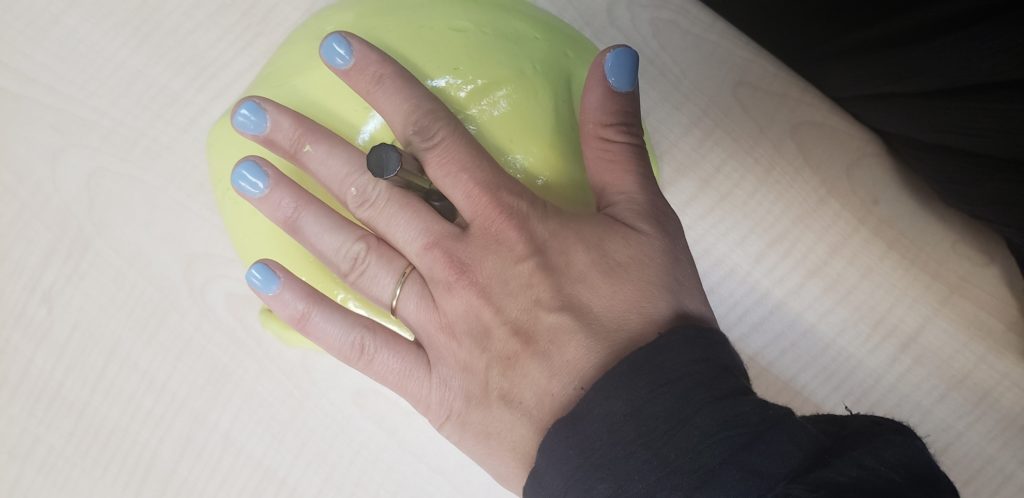
Next, push the T end of the putty tool into the putty. Hold the hand in the intrinsic plus position and practice turning the knob.
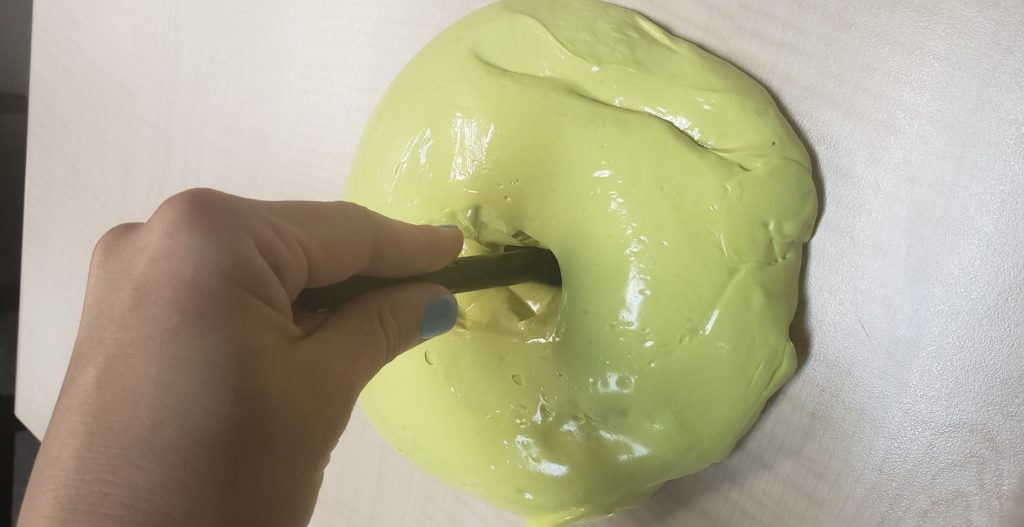
Lastly, Intrinsic Pull. Place one side of the key tool into the putty, hold the tool between any two digits and pull through putty.
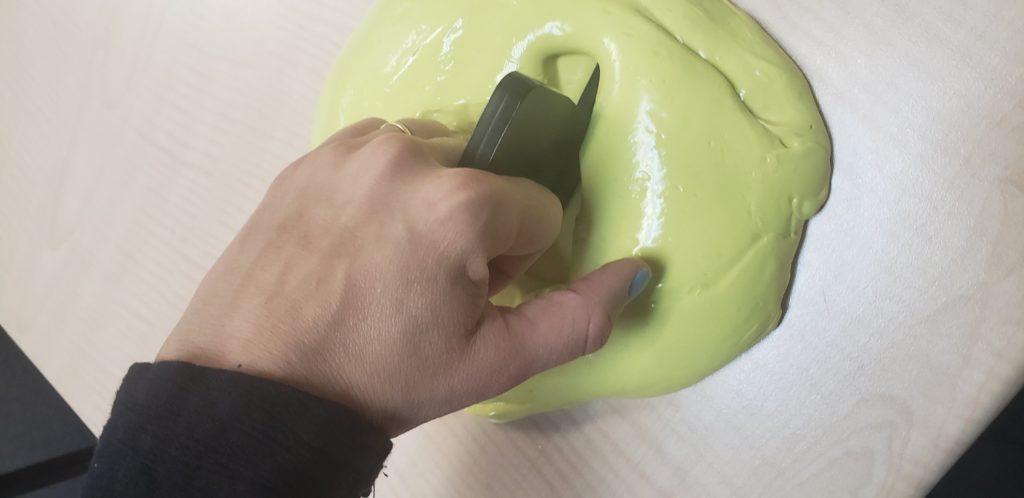
Warning – Make sure the patient removes their watch or bracelet, along with making sure their phones do not get near the putty. The putty tends to stick to rubbery surfaces and can be very difficult to remove.
If you don’t have Puttycise tools, you can make your own out of scrap splinting material.
1 Comments
Leave a Comment
More To Read
Increasing Shoulder Range of Motion by improving Scapulohumeral Rhythm
Scapulohumeral rhythm is often the key component when treating shoulder conditions and the reason for the lack of total shoulder range of motion. This may also be a critical component in order to prevent shoulder conditions during rehabilitation of other upper extremity conditions such as distal radius fractures, tendon injuries, and elbow injuries. Scapulohumeral rhythm…
Read MoreFunctional Home Exercises for Patients with Wrist Instability
Functional Home Exercises for Patients with Wrist Instability Ever wondered what brushing your teeth, dressing, making a U-turn, and playing sports have in common? They all rely on a stable wrist. Wrist stability is crucial for everyday activities, supporting wrist proprioception, coordination, motor control, stability, and mobility (Wietlisbach, 2019). For patients recovering from a wrist…
Read MoreDo you know the secret ingredient to recovering from an injury?
Do you know the secret ingredient to recovering from an injury? I will give you a hint it is 5 letters and begins with the letter S. SLEEP Have you ever asked yourself a question – does sleep help injuries heal? This is for you to share with your patients but also serve as a…
Read MoreSign-up to Get Updates Straight to Your Inbox!
Sign up with us and we will send you regular blog posts on everything hand therapy, notices every time we upload new videos and tutorials, along with handout, protocols, and other useful information.


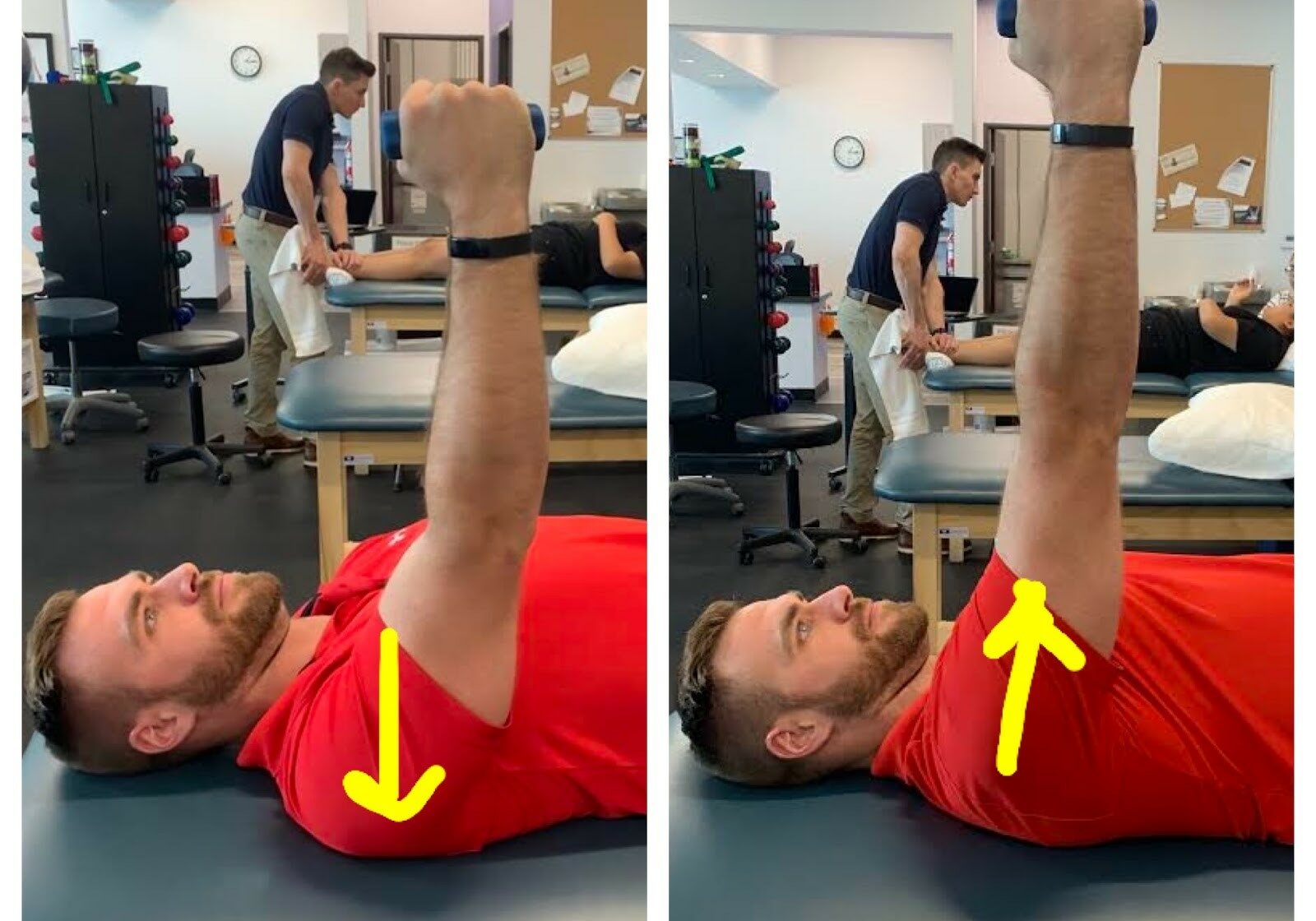
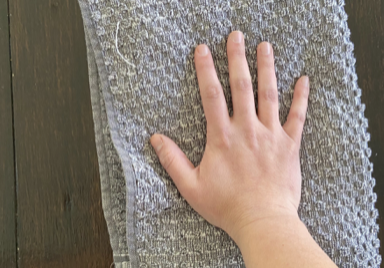


Great ideas. Thanks. Theraputty is one of the best hand exercises mediums/tools I have come across.